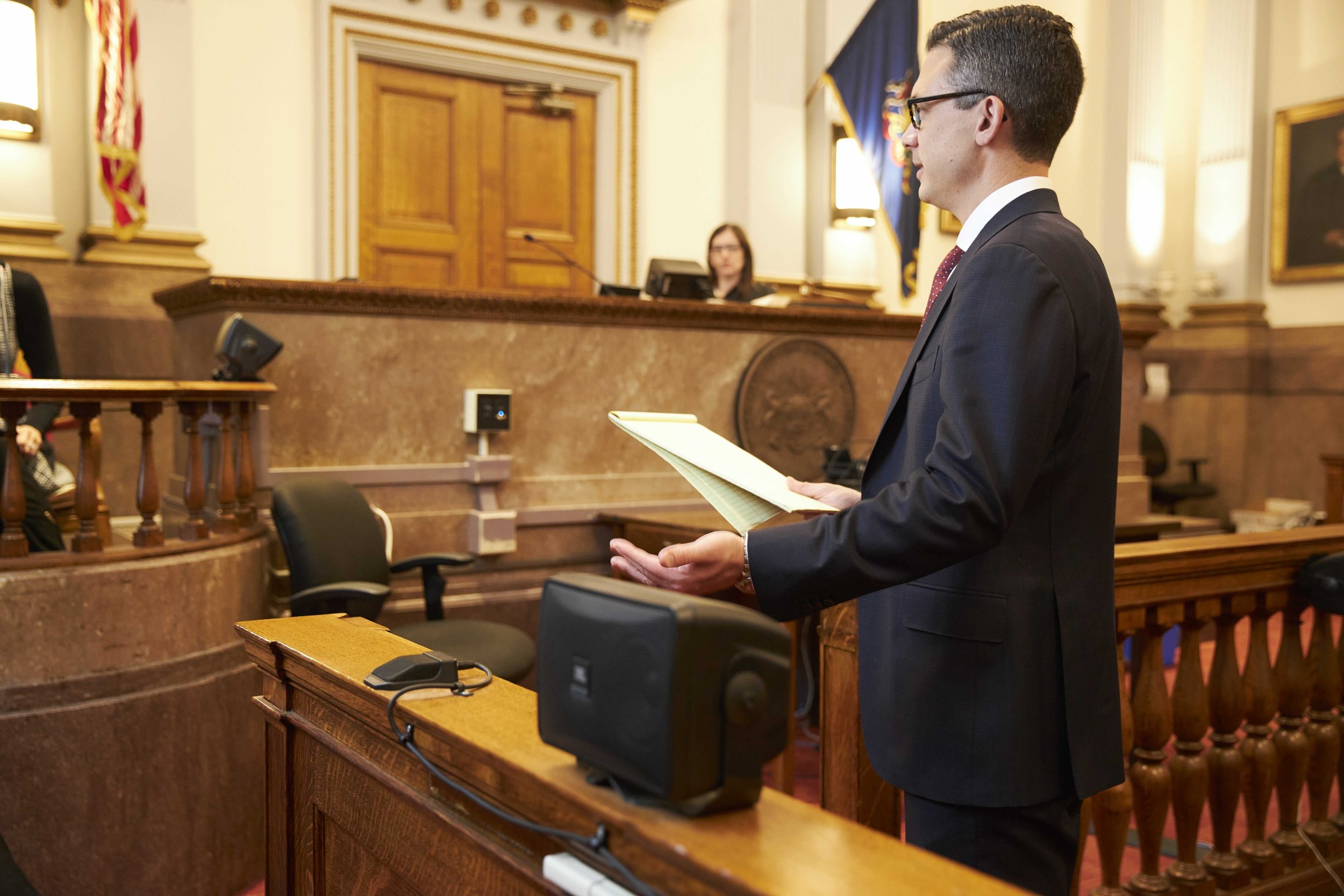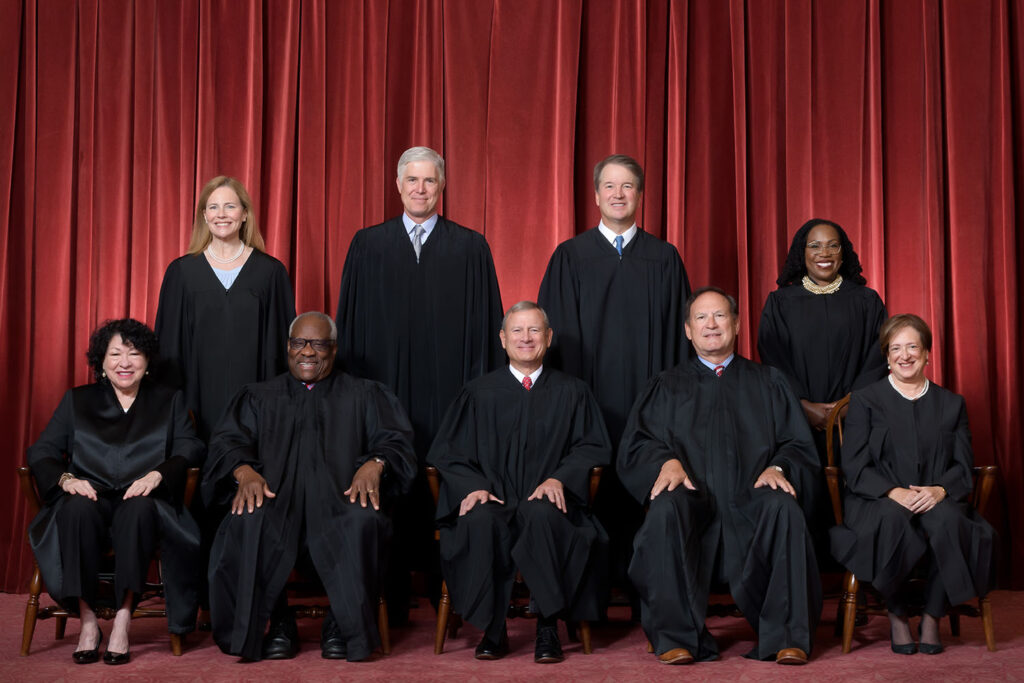Debunking the Refine of Federal Appeals: What You Required to Know
Browsing the intricate realm of federal charms can usually appear like traversing undiscovered waters for those not familiar with the procedure. Understanding the nuances of appellate court territory, the ins and outs of filing a notice of appeal, providing an engaging short, and making a convincing dental debate are essential parts that can significantly influence the result of a situation. By deciphering the layers of complexity surrounding federal appeals, people can obtain a more clear understanding right into the systems that regulate this important phase of the lawful system.
Comprehending Federal Appeals Process
Exploring the intricate world of the government charms process unveils a systematic and structured journey through the judicial system. Federal allures function as a vital system for reviewing decisions made by reduced courts. Comprehending this process is important for anyone associated with lawful procedures at the federal degree.
The process generally starts with an event disappointed with a reduced court's ruling filing a notification of charm. This triggers a testimonial by a greater court, where a panel of judges analyzes the legal arguments offered by both celebrations. Briefs outlining the legal reasoning behind each event's position are sent, and oral debates might be heard to clarify intricate issues.
The appellate court's decision is based on a comprehensive evaluation of the lower court's process and the debates provided. As soon as the appellate court gets to a decision, it can affirm, turn around, remand, or change the lower court's ruling, giving quality and finality to the legal dispute.
Appellate Court Territory Clarified
Appellate court jurisdiction refers to the extent of cases that a certain appellate court has the power to make a decision and review upon. Unlike test courts that listen to situations for the initial time, appellate courts are limited to assessing choices made by lower courts.
Appellate courts have territory over specific sorts of instances, normally those involving legal mistakes, procedural problems, or inquiries of law instead than factual conflicts. The territory of appellate courts is usually described in laws and laws that regulate the court system. Recognizing appellate court territory is important for events involved in the charms procedure as it establishes whether a case is eligible for evaluation and the level to which the appellate court can intervene in the lower court's choice.
Declaring a Notification of Appeal
The preliminary action in starting the government appeals process involves filing a Notice of Charm with the ideal appellate court. This essential file formally alerts the court and the various other parties associated with the case that the appealing celebration means to look for a testimonial of the reduced court's choice. Submitting a Notification of Charm is a rigorous step-by-step need that establishes the appellate procedure moving.
When preparing the Notification of Allure, it is necessary to ensure compliance with the specific rules and guidelines of the relevant appellate court. federal appeal attorneys. The paper has to commonly consist of info such as the situation name, the lower court's name, the date of the judgment being appealed, and a succinct declaration suggesting the grounds for the charm

Instruction and Oral Disagreement
In the appellate procedure, providing composed briefs and taking part in dental disagreements play essential roles in advocating for the appealing party's go to this web-site setting prior to the appellate court. Briefs are extensive lawful documents that detail the events' arguments, legal authorities, and evaluation sustaining their settings. These written submissions provide the court with a comprehensive understanding of the truths of the case, the appropriate regulation, and why the appealing party believes the lower court's choice must be rescinded.
Adhering to the entry and review of the briefs, dental arguments provide the celebrations a chance to further clarify their placements, deal with any kind of questions the appellate courts may have, and emphasize bottom lines from their written briefs. Dental arguments are a possibility for the lawyers to encourage the courts through spoken advocacy and actions to questions from the bench.
Both the composed briefs and oral debates are vital elements of the appellate procedure, enabling parties to present their case completely and compellingly prior to the appellate court. - federal crime attorney
Getting the Appellate Court Choice
Upon conclusion of dental disagreements and entry of written briefs, the next crucial phase in the appellate procedure includes waiting for the definitive judgment from the appellate court. This duration of expectancy can be filled with a mix of anxiousness and expect parties associated with the allure. The appellate court's choice is usually delivered in a composed format and outlines the court's conclusions on the legal concerns provided, the reasoning behind their decision, and the judgment provided. The moment framework for receiving the appellate court's decision can differ, but courts aim to supply timely resolutions. When the decision is released, parties need to meticulously examine the court's judgment to recognize the result and establish any type of more steps that might be essential. Whether the appellate court affirms, reverses, or remands the reduced court's choice, understanding the ramifications of the ruling is important for all events associated with the appellate process. Consequently, immediately evaluating and understanding the appellate court's decision is crucial in navigating the following steps in the lawful procedures.
Final Thought
Understanding the appellate court jurisdiction, submitting a notice of allure, preparing briefs, and presenting oral arguments are all important elements of this process. Ultimately, receiving the appellate court decision can provide clarity and resolution to lawful disagreements.
As we proceed from recognizing the government charms process to dissecting the intricacies of appellate court jurisdiction, a basic aspect comes to light pertaining to the authority and limitations of these higher courts in the legal landscape. Appellate court territory refers to the range of situations that a specific appellate court has the power to decide and assess upon. Unlike test courts that hear cases for the initial time, appellate courts are restricted to evaluating decisions made by reduced courts. Recognizing appellate court territory is important for celebrations involved in the allures process as it determines whether an instance is qualified for review and the level to which the appellate court can intervene in the lower court's choice.

Comments on “Federal Crime Lawyer: Defending Your Rights Against Serious Federal Charges”